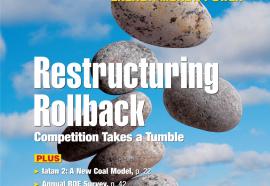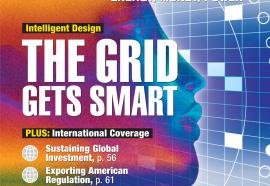Demand-Side Dreams
FERC would relax price caps—sending rates skyward—to encourage customers to curtail loads.
About four months ago, at a conference at Stanford University’s Center for International Development, the economist and utility industry expert Frank Wolak turned heads with a not-so-new but very outrageous idea.










